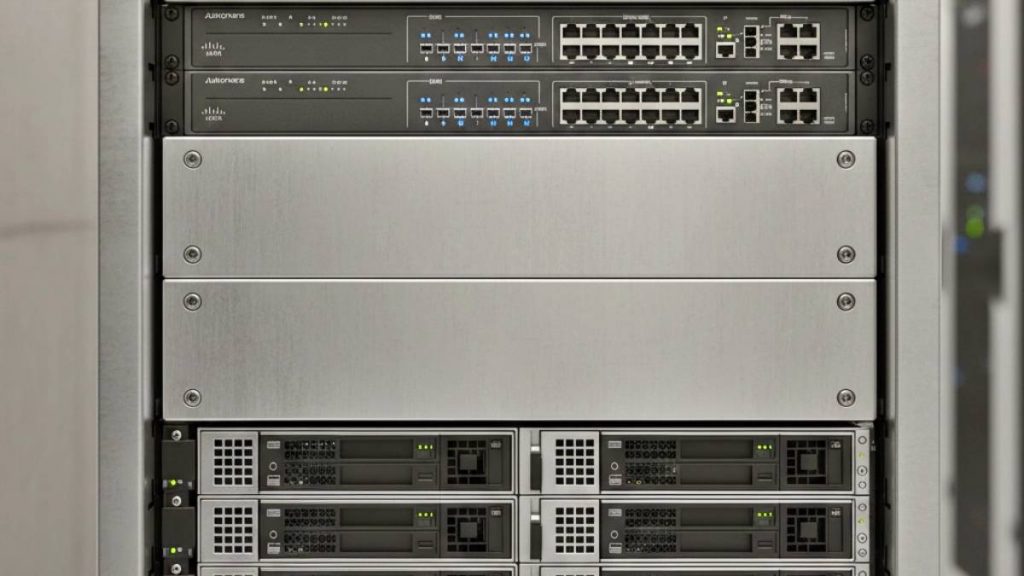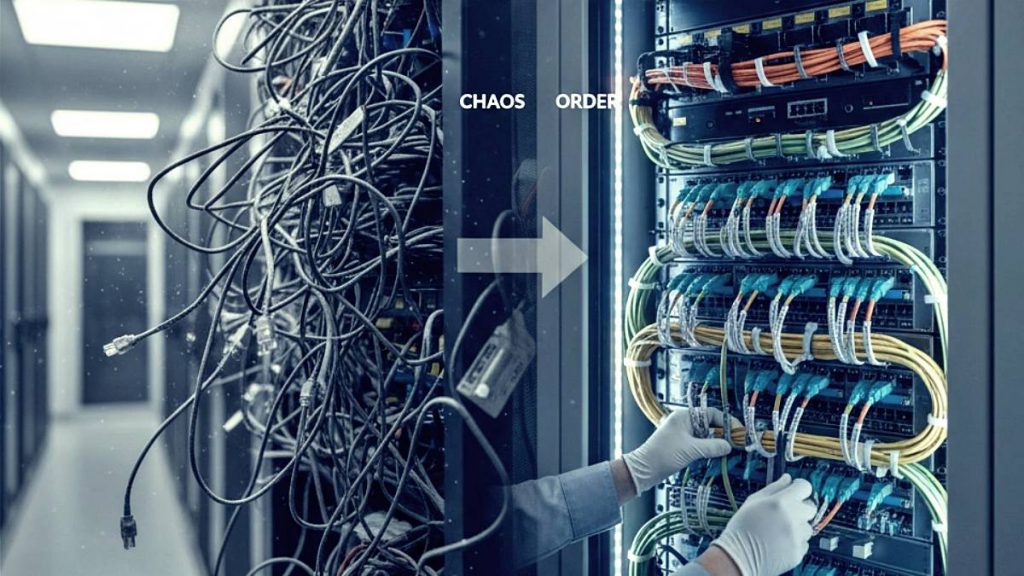
After nearly a decade of “cloud-first” strategies, something interesting is happening in boardrooms across America. CFOs are looking at their monthly cloud bills with raised eyebrows. CIOs are fielding complaints about slow support response times. And IT directors are discovering that the promised flexibility of big public cloud isn’t quite living up to the hype for their specific needs.
The result? A growing number of businesses are taking a hard look at local data centers and discovering that the ROI story isn’t as clear-cut as the cloud evangelists would have you believe.
The Hidden Costs of Big Cloud
Let’s start with the elephant in the room: money. Public cloud providers love to talk about eliminating capital expenses and converting everything to predictable operational costs. What they don’t mention is how those “predictable” costs have a funny way of growing month after month.
Here’s the reality check: studies show that up to 60% of cloud servers are underutilized, meaning businesses are paying for resources they’re not actually using. That’s like renting a 10,000-square-foot warehouse when you only need 4,000 square feet, except in the cloud world, you might not even realize you’re doing it until the bills pile up.
Even more eye-opening is the long-term math. While cloud computing offers lower upfront costs, operational expenses can quickly snowball. Many businesses discover that after two to three years, their cumulative cloud spending exceeds what they would have paid for dedicated infrastructure, and they still don’t own anything at the end.
The Human Touch: Support When You Actually Need It
Have you tried calling Amazon Web Services or Microsoft Azure support on a Friday afternoon when your business-critical application is down? If you have, you know the drill: ticket systems, escalation procedures, and support engineers who might be located anywhere in the world and may not understand your specific business context.
Local data centers operate differently. When you call, you’re talking to people who are either already at the facility or can be on-site within hours, not days. This isn’t just about warm fuzzy feelings; it’s about measurable business impact.
Consider the difference: Big Cloud support might get back to you within their SLA timeframe (which could be 4-24 hours, depending on your support tier). A local data center partner can often have someone looking at your hardware within minutes or hours. When downtime costs your business thousands of dollars per hour, that response-time difference translates directly into ROI.
Compliance Made Simple
Regulatory compliance is where local data centers really shine. If you’re in healthcare, financial services, or any other heavily regulated industry, you know the pain of trying to map complex compliance requirements onto a generic cloud infrastructure.
With local data centers, compliance becomes more straightforward. You know exactly where your data lives, who has access to it, and what jurisdiction it falls under. There’s no guessing about whether your data might be replicated to a server farm in another state or country. When auditors come calling, you can point to a physical location and provide clear documentation of your data handling practices.
This clarity has real financial value. Companies spend millions on compliance consulting, legal reviews, and audit preparations. Local data centers can significantly reduce these costs by providing clear, straightforward answers to regulators’ questions.
Data Residency: Control Where It Matters
Speaking of knowing where your data lives, data residency has become a critical business issue, and not just for compliance reasons. Some businesses are discovering that having their data physically closer to their operations and customers provides performance benefits that directly impact their bottom line.
Consider a manufacturing company in Ohio. If their ERP system is hosted on servers in Oregon, every database query has to travel thousands of miles. Those milliseconds add up, especially when you’re running reports, processing orders, or managing inventory in real-time. A local data center can cut that latency by orders of magnitude.
The same principle applies to customer-facing applications. If your customers are primarily in the Midwest, hosting your application on East or West Coast cloud servers means every page load involves a cross-country data trip. Local hosting can improve the user experience, leading to better conversion rates and customer satisfaction.
Performance Without Compromise
Here’s something the big cloud providers don’t advertise: shared infrastructure means shared performance. When you rent compute resources from AWS or Azure, you’re sharing physical servers with other tenants. If your “neighbor” on the same server suddenly starts running a resource-intensive process, or if the hosting provider oversubscribes a resource or zone, your application performance can suffer.
Local data centers, particularly those offering dedicated servers or colocation, eliminate this multi-tenant performance lottery. All the computing power is yours, all the time. For resource-intensive applications —whether that’s rendering video, processing large datasets, or running machine learning algorithms —this dedicated access often delivers measurably better performance.
The performance advantage becomes even more pronounced for AI and machine learning workloads. Training large models on cloud GPU instances can cost tens of thousands of dollars per month. Many companies are discovering that investing in dedicated GPU hardware in a local data center provides better performance at a fraction of the ongoing cost.
The Real ROI Calculation
Let’s talk numbers. A typical small-to-medium business might spend $5,000 to $15,000 per month on cloud services. Over three years, that’s $180,000-$540,000 with nothing to show for it at the end except ongoing bills.
Compare that to investing $50,000-$100,000 in dedicated infrastructure housed in a local data center. Yes, there’s more upfront cost, but the monthly operational expenses drop significantly —often to $2,000- $5,000 per month for colocation, power, and support. Over three years, you’re looking at total costs of $122,000-$280,000, and you still own the hardware.
The math gets even more compelling when you factor in the intangible benefits: faster support response times, a stronger compliance posture, improved performance, and the peace of mind that comes with knowing exactly where your data lives and who can access it.
When Local Makes Sense
Local data centers aren’t the right choice for every business or every workload. They make the most sense when:
- You have predictable, consistent resource needs rather than highly variable demand
- Compliance and data residency are critical concerns
- You need maximum performance for resource-intensive applications
- Fast, personalized support is vital to your operations
- You’re running applications that benefit from low latency
The sweet spot is often businesses that have moved past the startup phase and have predictable infrastructure needs. If you’re a three-person company that might 10x overnight, cloud flexibility is worth the premium. If you’re an established business with steady growth, local infrastructure can provide better long-term ROI.
The Hybrid Reality
The most sophisticated businesses aren’t choosing between local and cloud: they’re choosing both. They’re using regional data centers for their core, predictable workloads and leveraging cloud services for overflow capacity, development environments, and experimental projects.
This hybrid approach lets you optimize costs while maintaining flexibility. Your production database and core applications benefit from the performance and control of dedicated infrastructure, while your test environments and seasonal workloads can scale up and down in the cloud as needed.
Making the Switch
If you’re considering local data centers, the transition doesn’t have to be all-or-nothing. Start by identifying your most critical, predictable workloads: often databases, email servers, or core business applications. These are typically the best candidates for local hosting because they benefit most from dedicated resources and fast support.
Work with a local data center provider who understands your industry and can provide the level of support your business needs. Look for providers who offer flexible arrangements, from simple colocation to fully managed services, so you can choose the right level of involvement for your team.
The businesses that are thriving in today’s competitive landscape aren’t necessarily the ones with the flashiest technology: they’re the ones making smart, strategic decisions about where and how to deploy their critical infrastructure. For many organizations, that means taking another look at local data centers and discovering that the ROI story is more compelling than they initially thought.
In a world where every technology decision impacts your bottom line, local data centers offer something that’s increasingly rare: predictable costs, reliable performance, and support when you need it most. Sometimes the best path forward is the one that brings you closer to home.







